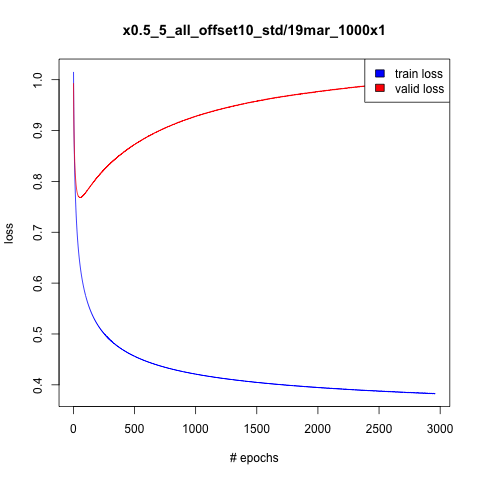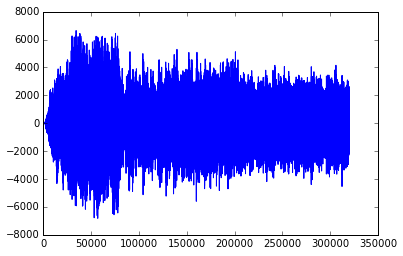Melvin Wong managed to defeat the ticking sound issue, good job! https://melvinwong6266.wordpress.com/2016/04/19/day-16-finale-part-2-getting-things-done/
I was going to do this technique myself but I don’t seem to see how it can be done for the way I generate my sequences. (Melvin, if you’re reading this, correct me in the comments if I have made a mistake.)
Melvin appears to generate his sequences using a sort of sliding window approach. So let’s say you have some seed sequence [x1, x2, x3, x4] (this will also be our initial “generated sequence”). You feed this seed sequence to your RNN and get an output [x5]. Now, let’s concatenate [x5] to the generated sequence:
[x1,x2,x3,x4,x5]
Now, let’s remove [x1]:
[x2,x3,x4,x5]
Now, let’s feed [x2,x3,x4,x5] to the RNN and get [x6]:
[x2,x3,x4,x5,x6]
Now, remove [x2]:
[x3,x4,x5,x6]
In this situation, it would make sense that you would get ticking, because you’re feeding [x2,x3,x4,x5] into the RNN and it has no knowledge of [x1]. Likewise, when you feed [x3,x4,x5,x6] into the RNN, it has no knowledge of [x1] or [x2].
I do this technique to generate sequence: given an initial sequence [x1, x2, x3, x4], feed it into the RNN to get [x5]. Now concatenate. Now feed [x1,x2,x3,x4,x5] into the RNN to get [x6]. Now concatenate. Now feed [x1,x2,x3,x4,x5,x6], etc… I always feed the RNN a much longer sequence in each iteration. I can perhaps see this technique as being a perhaps not so good idea, because I train the RNN on fixed length sequences (and at test time it’s getting sequence lengths it’s never seen), but it seems like Melvin’s technique won’t work in my case, because the RNN always gets the “full history” of the generated sequence.









